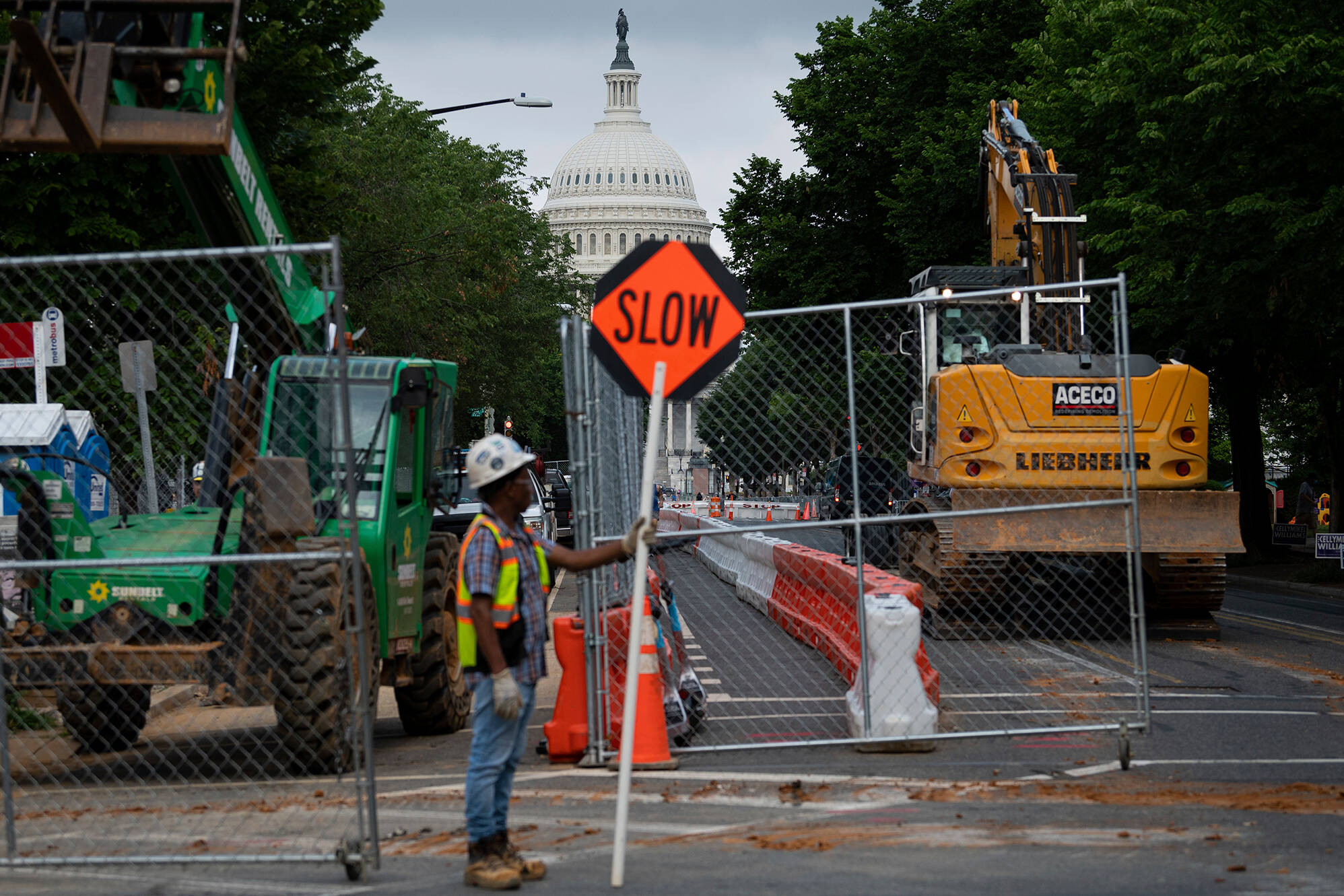The United States’ relationships with Syria and Saudi Arabia represent two contrasting trajectories in Middle Eastern geopolitics, each reflecting broader shifts in American foreign policy priorities and regional power dynamics. These shifts are not uncommon during different periods of our history, when relationships change and geopolitical priorities develop.
The Syrian Estrangement Meets Diplomatic Developments
US-Syria relations had deteriorated dramatically since the onset of the Syrian civil war in 2011. What began as peaceful protests against Bashar al-Assad’s regime escalated into a devastating conflict, with the Assad government standing accused of killing hundreds of thousands of innocent civilians. The United States severed diplomatic ties with Syria in 2012.
The conflict became a proxy battleground, with the US supporting various opposition groups while Russia and Iran backed Assad. American intervention focused primarily on combating ISIS, sometimes creating awkward dynamics where US forces operated in Syrian territory without government consent. But the US-Syrian relationships have taken dramatic new turns in 2025 under the second Trump administration and with Syria’s new president Ahmed al-Sharaa.
This week, President Trump hosted Syrian President Ahmed al-Sharaa at the White House in the first visit by a Syrian head of state since the country gained independence in 1946.
This extraordinary meeting follows al-Sharaa’s rapid transformation from a former jihadist leader – who the US once offered a $10 million award to capture – to head of state after his forces toppled Bashar al-Assad’s regime.
The meeting focused on Syria joining the U.S.-led global coalition against ISIS, with Trump praising al-Sharaa for “doing a very good job so far”. Prior to the visit, the UN Security Council removed al-Sharaa from the terrorism blacklist, and the Trump administration delisted him as a terrorist while suspending Caesar Act sanctions for six months.
On December 20, 2019 the Caesar Syria Civilian Protection Act (Caesar Act) was signed into law. The Caesar Act imposed sanctions on individuals and businesses supporting the Syrian government, particularly for war crimes and human rights abuses committed by the former Assad regime. The act targeted those involved with the Syrian government and those who provided certain goods or services that could be used to commit abuses.
Fast forward to November 10, 2025 when Secretary of State Marco Rubio released the following statement: “Today, I (Rubio) issued a suspension of mandatory Caesar Act sanctions based on the actions taken by the Syrian government following the fall of the al-Assad regime. The suspension of Caesar Act sanctions supports Syria’s efforts to rebuild its economy, restore ties with foreign partners, and foster prosperity and peace for all its citizens.”
The Saudi Recalibration
The US-Saudi relationship, while enduring, has grown increasingly complex. For decades, this partnership rested on a straightforward exchange: American security guarantees for reliable oil supplies. However, recent years have witnessed significant strains.
The 2018 murder of Washington Post journalist Jamal Khashoggi created a major crisis, leading to congressional scrutiny and temporary diplomatic cooling. Former President Joe Biden notably said during the 2020 presidential election campaign that Saudi Arabia should be treated as an international pariah. The Biden White House initially sought to recalibrate US-Saudi relations, and push the desert kingdom to more aggressively address human rights concerns. This shift reflected changing American priorities, including reduced dependence on Middle Eastern oil due to domestic energy production.
Yet over the years pragmatism has prevented complete rupture. Saudi Arabia remains a crucial counterweight to Iranian influence, a major arms purchaser, and an important player in regional stability. Recent efforts toward Israeli-Saudi normalization have provided new common ground for cooperation.
Saudi Crown Prince Mohammed bin Salman (MBS) is scheduled to visit Washington on November 18 for an official working meeting with Trump. This will be the crown prince’s first visit to the United States since Khashoggi’s murder, marking another significant milestone in rehabilitating the U.S.-Saudi relations.
Bloomberg News is reporting that Trump and MBS are planning on agreements covering artificial intelligence, defense, nuclear cooperation, and trade, as well as building on the Strategic Economic Partnership signed during Trump’s May visit to Riyadh.
A key focus remains bringing Saudi Arabia into the Abraham Accords, though the kingdom continues to insist that normalization with Israel depends on establishing a clear path toward a Palestinian state.
These two, high-profile visits from Syrian President Ahmed al-Sharaa and Saudi Crown Prince Mohammed bin Salman are part of a broader Trump administration strategy to deepen alliances with Gulf and Arab states at the expense of Iran.
Related
Lynn Schmidt
Lynn Schmidt holds a bachelor of science in nursing from the University of North Carolina at Greensboro and a masters of science majoring in political science from the University of Nebraska-Omaha. She is a freelance columnist and editorial board member with the St. Louis Post-Dispatch and a monthly contributor to The Fulcrum. Lynn lives in St. Charles, Missouri with her husband and two daughters.




